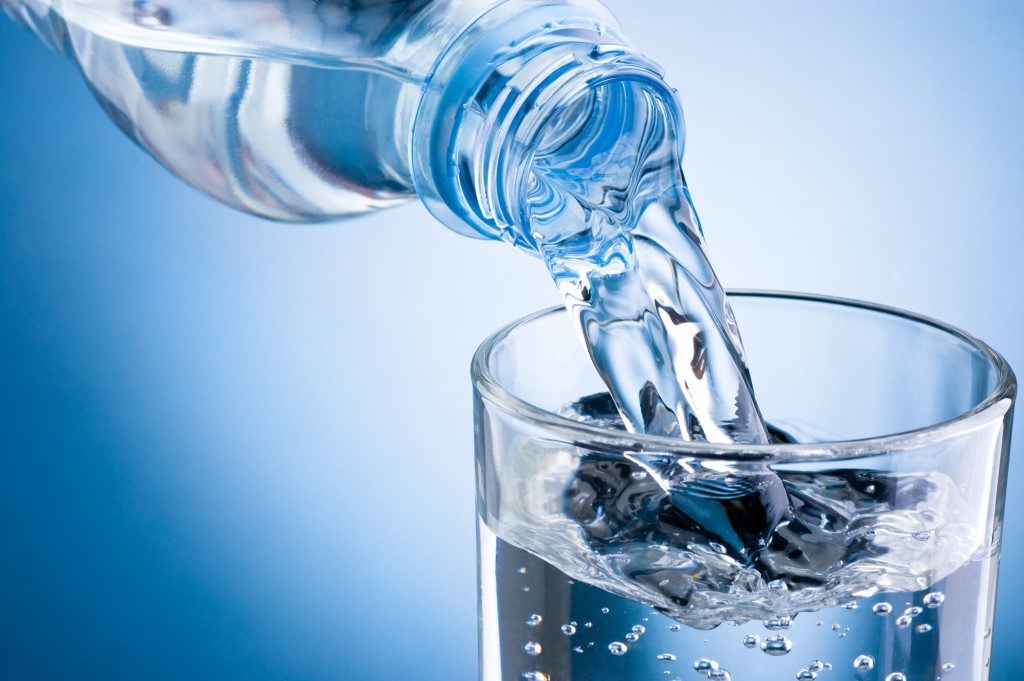Water wells are a fantastic way for homeowners to tap into natural groundwater for their daily needs, without paying for additional utility costs. However, well owners need to maintain their wells and be aware of the water quality.
If you have a well system in your Utah home and happen to notice unusual sedimentation or other issues with water quality, you may be wondering if it’s just the local water hardness or a problem with the structure itself. Is it time to call in a contractor and look at replacement well pumps? Here are some causes leading to increased sedimentation in your well water.
Dissolved minerals
It’s not unusual for certain minerals, such as calcium, magnesium, iron, and manganese, to be dissolved in water. However, higher than normal concentrations of these minerals – possibly due to activity from iron bacteria or leaching from the soil surrounding the aquifer – can lead to precipitation and formation of scales or staining in the water and fixtures.
A high concentration of certain minerals can cause unpleasant taste or odor in the water or a higher hardness. However, the presence of harmful minerals such as lead or arsenic, or phosphates and nitrates, can indicate contamination from industrial or agricultural runoff, respectively, and pose potential health risks to you and your family.
Flooding
Recent flooding or other ground disturbances can carry additional sand and other particulate matter into your well. Sediments may remain suspended for some time leading to cloudiness in the water. However, after some time, the particles should settle and get filtered out. It’s advisable to switch to a safe alternative water supply for cooking and drinking in the meantime. If the issue persists, you should have the water tested and your well inspected.
Low water level

If your well’s water level runs low, the pump may be too close to the bottom. While it might only be a matter of improper pump placement, it can be a persistent problem, especially in wells that are older or not regularly maintained. This not only results in sand and other sediments being pumped along with the water, but it can also often be associated with overall decreased well yield – and indicates further problems such as fouling, plugging, or corrosion.
Sometimes, physical cleaning is all it takes to restore and rehabilitate a well that has shown decreased yield. However, chemical treatment may also be necessary to remove problems such as incrustation that are clogging up your system.
Damaged components
Well systems can be constructed in different ways, but generally, have a casing around the well shaft with screens that allow the groundwater to enter while keeping out sand and grit. Damaged or degraded parts of your well system – from the pump itself to the various screens, casings, and seals – all open up ways for unwanted particles to enter your water. This can happen over time and is one reason why a professional inspection is recommended at least once every decade. Check your last inspection log and paperwork to see if any parts are out of warranty, and have your contractor do the necessary work as soon as possible.
While the presence of sediments or unusual metallic taste in your water isn’t necessarily a reason to panic, you should always play it safe when it comes to the quality of your well water. Local conditions, as well as the status of the well system itself, can be a factor. It’s essential to test your water at least annually and whenever unusual quality is detected, and have professional maintenance done as needed.
